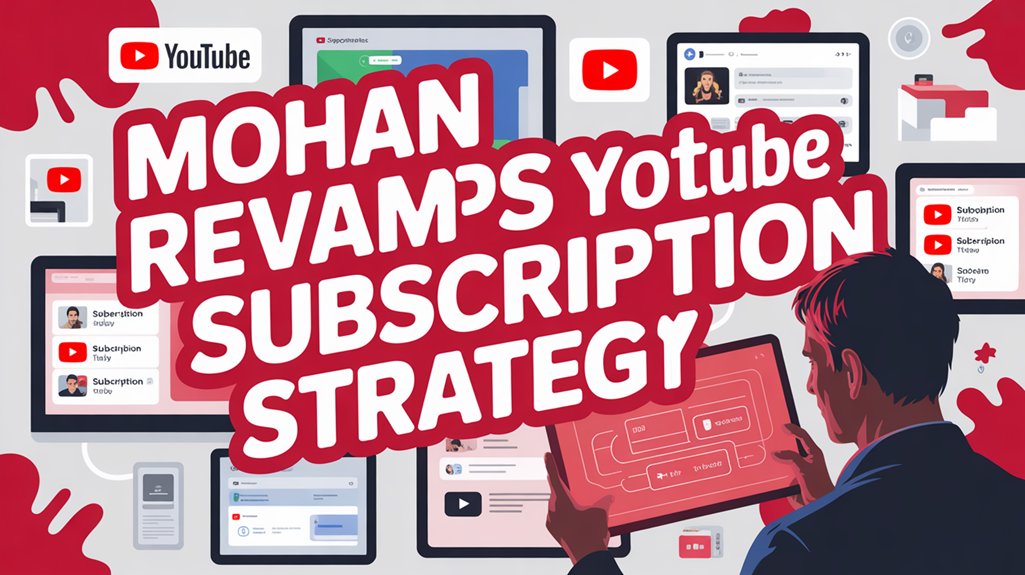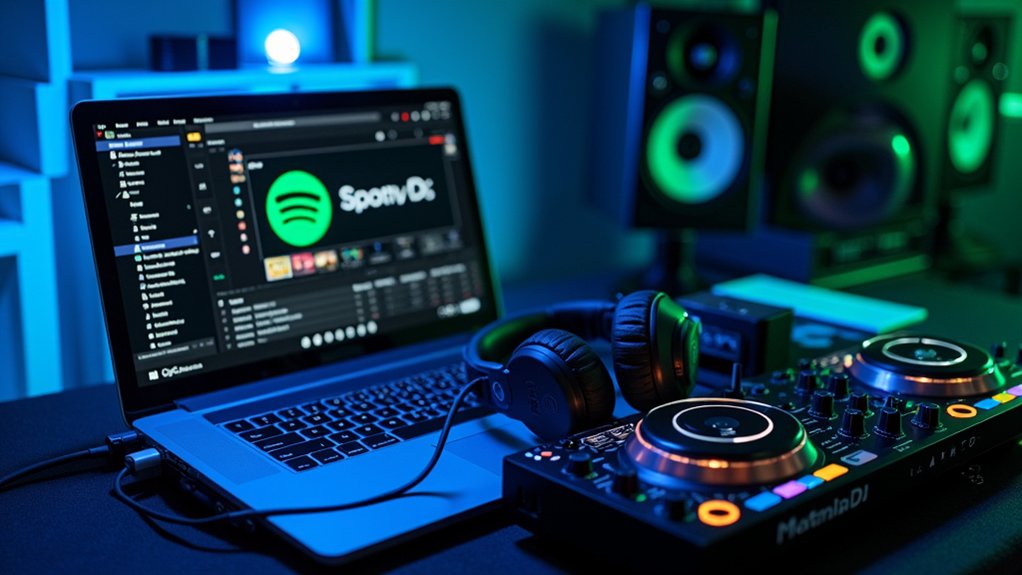A massive restructuring of YouTube’s product division marks the first major organizational shift in a decade, as the video giant positions itself to strengthen its subscription services amid growing competition in the digital entertainment landscape. CEO Neal Mohan has divided the company’s product teams into three distinct groups: Viewer Products, Creator & Community Products, and Subscription Products, with Christian Oestlien appointed to lead the newly focused subscription division.
YouTube’s decade-defining restructuring signals a strategic pivot toward subscription growth in an increasingly competitive digital marketplace.
The reorganization aligns with YouTube’s growing emphasis on artificial intelligence and subscription-based revenue streams. While no forced layoffs have been announced, the company has introduced voluntary buyout options as part of its streamlining efforts related to AI integration. This strategic pivot follows the evolution of YouTube Premium, which rebranded from YouTube Red with a clearer focus on music subscriptions to compete with industry leaders like Spotify and Apple Music.
YouTube’s subscription services have expanded to 71 countries, combining traditional creator content with studio productions and introducing personalized playlists to enhance user engagement. Music remains a cornerstone of these offerings since YouTube’s founding, but the platform is increasingly eyeing the living room experience as its next frontier for growth. Google Play Music users will soon need to transition as the service will be completely phased out in favor of YouTube Music. For music creators, YouTube’s partnership with performance rights organizations ensures proper royalty distribution for all content streamed on the platform.
According to Mohan, television-based subscriptions represent a meaningful opportunity, with YouTube evolving to function more like traditional TV regarding content delivery and packaging. Mohan believes AI will be the next frontier for YouTube, enhancing rather than replacing human creativity.
The integration of AI technologies into subscription services presents another transformative element of YouTube’s strategy. New generative AI tools like Dream Screen and Dream Track aim to boost creator productivity for Shorts content, potentially elevating the quality of subscription-exclusive material. These developments coincide with upcoming subscription rules and policies set to take effect in mid-2025. Independent musicians can leverage YouTube Music’s royalty structures to generate income streams beyond traditional distribution channels.
For creators, especially those with small to mid-sized channels, these changes could notably impact monetization pathways. YouTube is encouraging the development of members-only content and channel memberships as subscription revenue becomes increasingly vital amid shifting advertisement dynamics and algorithm changes driven by AI advancements.




